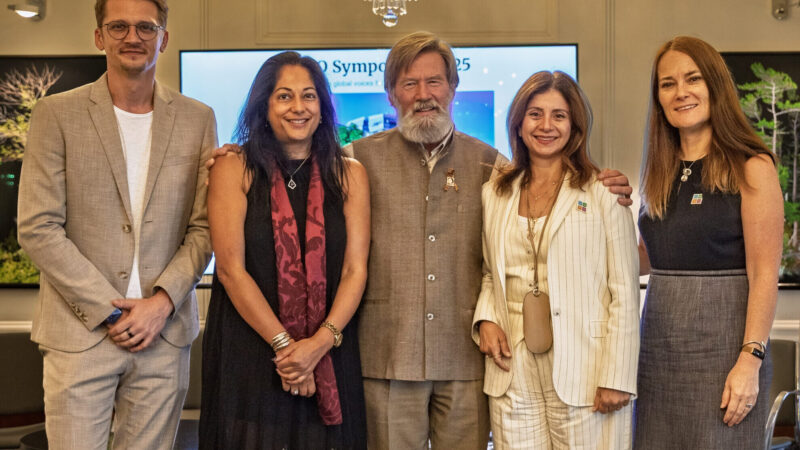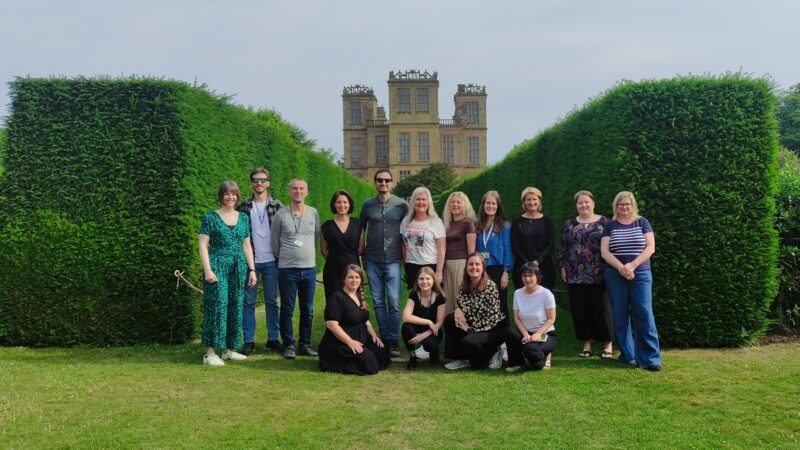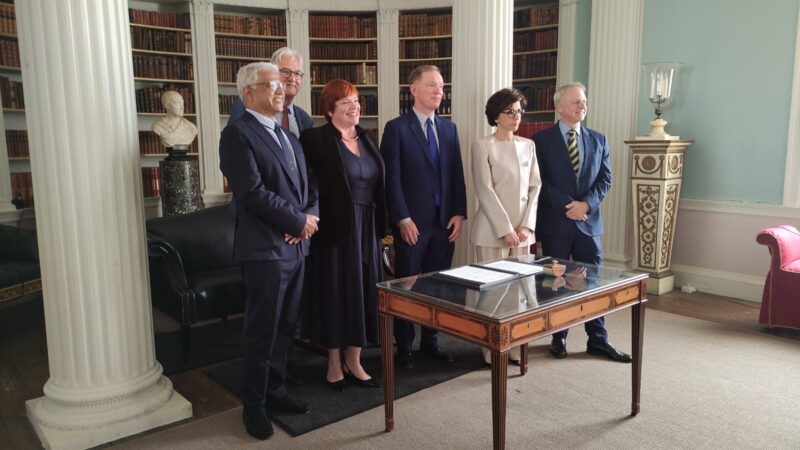
Building sustainable engagement with your local community: A conversation with Cillian Murphy
By Catherine Leonard, Secretary-General, INTO and David J. Brown, Principal and Founder, Bearden Brown LLC
This is the second of five posts which delves into key learnings from Putting the Local into Global Heritage: Balancing conservation, development, tourism, and community interests at the sites of the world’s National Trusts, an INTO study supported by a grant from American Express. This blog focusses on community engagement.
The very first lesson highlighted in Putting the Local into Global Heritage focussed on the need to build long-term trust between heritage sites and local communities. As INTO Chair Dame Fiona Reynolds, DBE wrote in the report’s foreword, “Some of the world’s most famous heritage sites have re-thought their relationships with the communities around them.” In the process of that reconsideration, their conservation and engagement ambitions have been enriched. “Not only are local people our neighbours,” wrote Fiona at the height of the pandemic, but “at a time of few or no visitors they need even more to become our partners, our collaborators and our friends.”
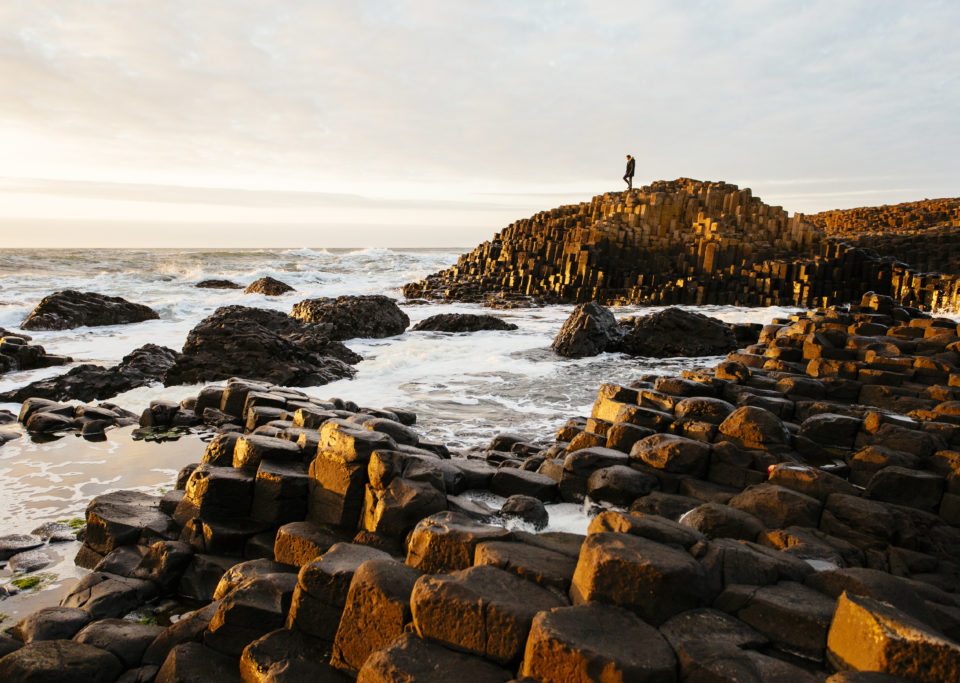
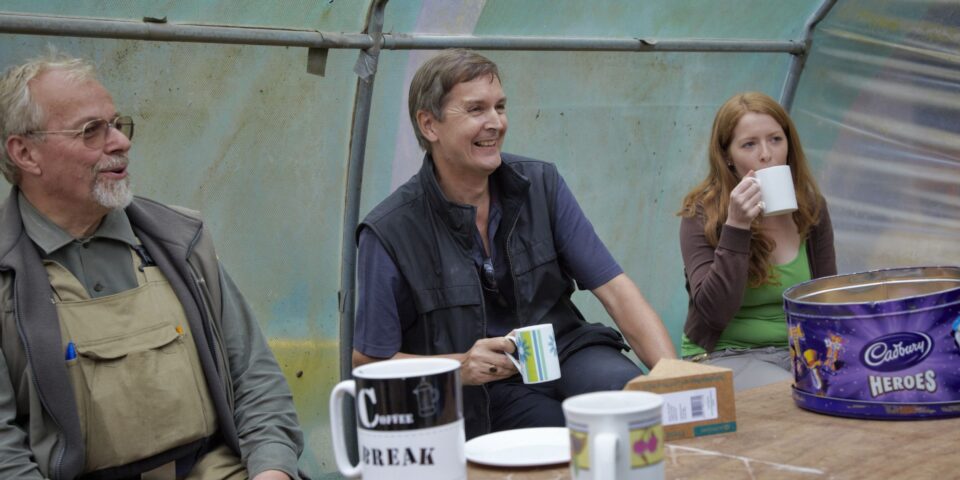
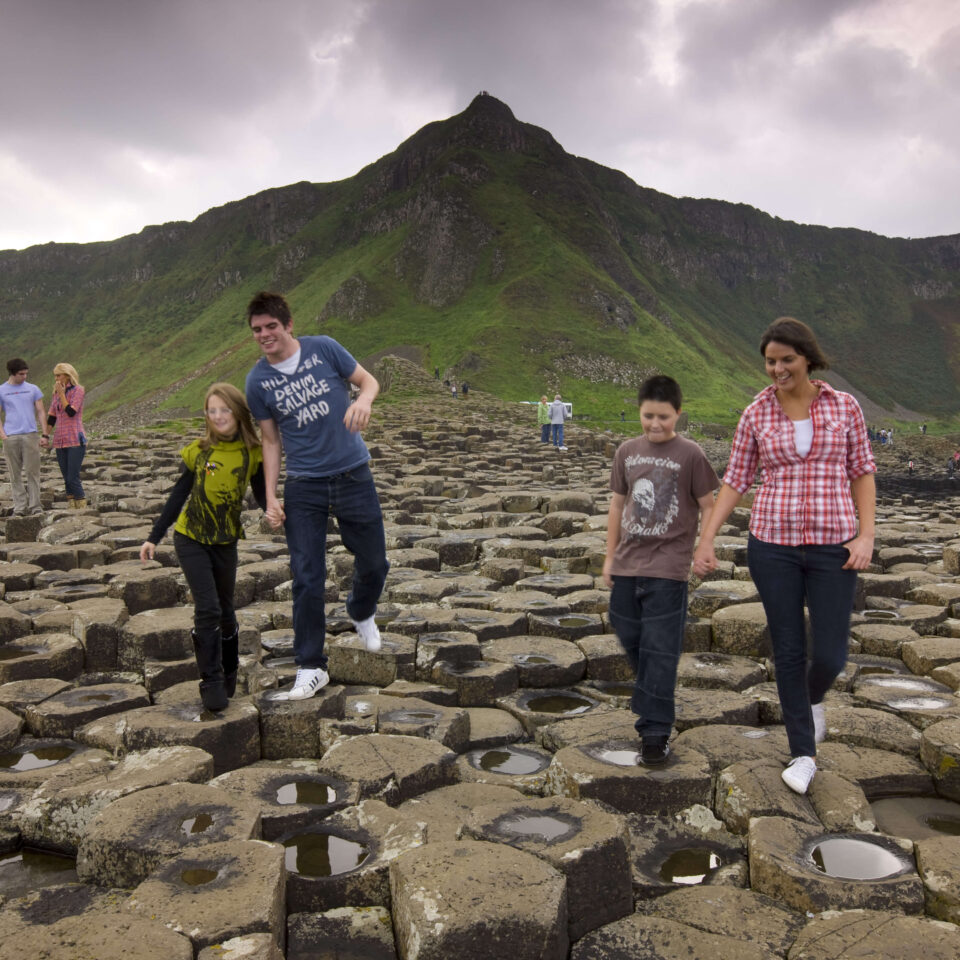
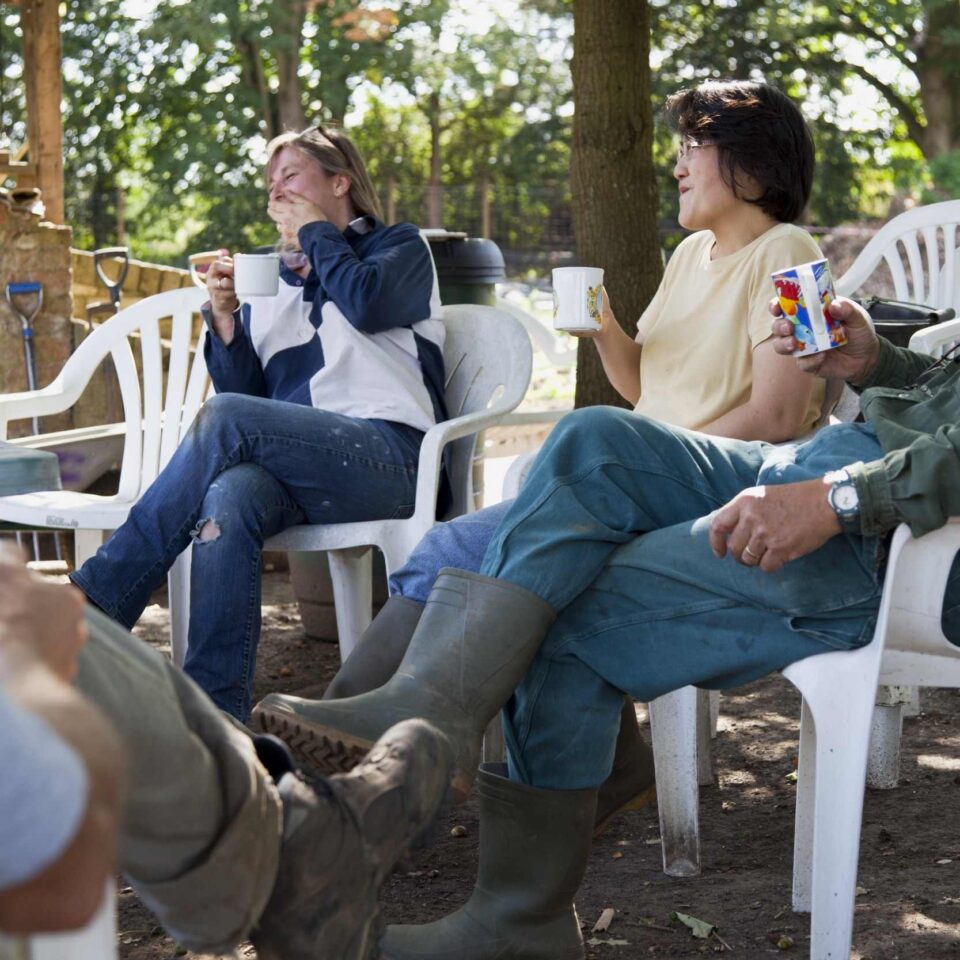
The case study for this work centered on the Giant’s Causeway. As owner of one of the most heavily visited sites in Northern Ireland, the National Trust of England, Wales, and Northern Ireland has faced a variety of challenges to ensure sustainable, responsible tourism that works for the residents of the local community. The National Trust implemented an extensive community outreach program at the Giant’s Causeway — one shaped with the particular history of Northern Ireland, the Republic of Ireland, and the United Kingdom in mind — to bring the relevant stakeholders together, build the local community’s trust, safeguard the site, and shape a sustainable future for all. Engagement consultant Cillian Murphy has worked with the National Trust Northern Ireland to help the Giants Causeway organisation build the trust necessary to reach its conservation, community and sustainability goals.
Cillian recently spoke with INTO in a wide-ranging conversation that focused on the fact that deep, authentic, and lasting engagement with the local community is critical to building long-term trust. We’ve highlighted key points from that conversation.
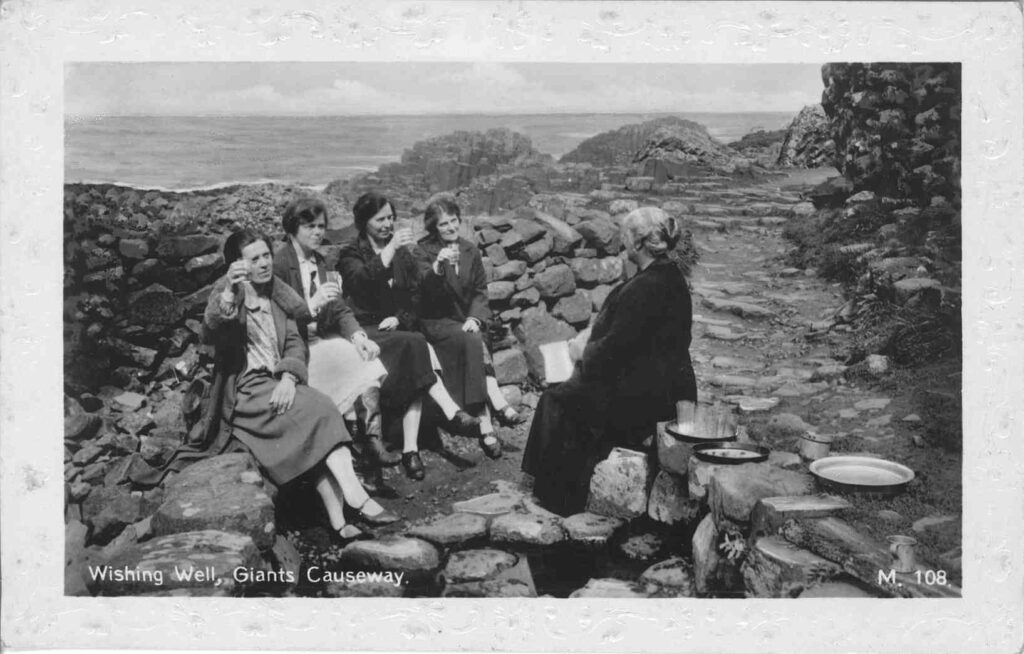
7 key learnings for best practice in community engagement
True engagement involves face-to-face interactions, where connections can be made and responses can be developed out of the give-and-take of conversations. While organisations had to make do during the pandemic, don’t assume this should continue as the norm. It is also important to know when to begin engagement.
Therefore…
Bring the community in early and ask what they want to include in the work to be done. Really listen to find out their issues up front before your plan is set in stone. Throughout the process come back to those pre-consultation discussions and ask yourself, “If we are to do this, how would it benefit the community? What problems arise from the community’s perspective if we take this action?” Big organisations can be risk adverse and fight community input, but these groups need more latitude to allow staff to make decisions, even the wrong one on occasion, if they are listening to their local communities.
Understand, however, that hearing all the perspectives is important because…
Empathy is vitally important. Heritage organisations must not only hear the person speaking but also must be listening for how it sounds to others in the room. It can be useful for the facilitator when creating community forums with people representing different perspectives, to mentally place them into broader themes, social, environmental, commercial, heritage for example, to ensure that one group doesn’t dominate the discussions. In these early discussions, the heritage organisation should gather the group, take notes, and listen without favouring one group or one set of actions.
Most importantly…
You may believe that conservation is the highest benefit, but many in the local community may disagree. If you are arrogant about the importance of your work, local communities can tell that you are going through the motions. Sometimes we ignore the fact that people in our community are experts in their own right. Use them, as they are champions who can facilitate these conversations. However, don’t rely on local experts in a field who have stopped listening to their neighbours. In the end, heritage organisations need to understand the drivers of why a community would be for or against something, and be able to articulate that in its messaging.
To that end…
Many large organisations tend to handle communications through public relations staff or agencies. Don’t do this. There is no substitute for letting local people who have participated in the process tell other local people in their own language why they support a certain action. Trust is a key issue with all engagement.
However…
There will always be people who do not want anything to change. They should speak during, but not dominate, the conversations. You also want to avoid having multiple people in silos who are reinforcing their own stories. Organisations should understand that they may have staff members who also create problems. People who have been in their jobs for a long time don’t want to be criticised. But with real community engagement, organisations and staff have to give up control to the broader community. It takes time and it is about listening to people.
All of these situations are manageable, but it helps to understand what you are facing as you begin any engagement work. And check your values, ensuring that you…
Local communities will be supportive if you are honest about timelines and about the things that you will not be able to do which the local community wants. However…
Bring the community in early and ask what they want to include in the work to be done. Really listen to find out their issues up front before your plan is set in stone.
The BEST way to show people that you have heard them is ― surprise ― to do what they ask of you.
It won’t always be possible, but those who work in engagement are dumbfounded by how many times local communities will say, “They never listen to me. They never do what I ask.” Organisations can show that you hear the local community by doing the things they are asking you to do. Show that you are taking actions that fit their needs. If the community doesn’t understand where the money goes at a heritage site, put up a big thermometer sign at the gate to show where the local money goes at this national or international organisation. There are arguments or fights that the organisation can have on behalf of the community to show that you are doing things from the community perspective.
There are many times when you can do what the local community wants. So just do it. Be the organisation that makes the change.

Read the full report
Putting the Local into Global Heritage examines ways to sustain local communities through strengthened connections and engagement with heritage sites.
Find out moreLatest from INTO

